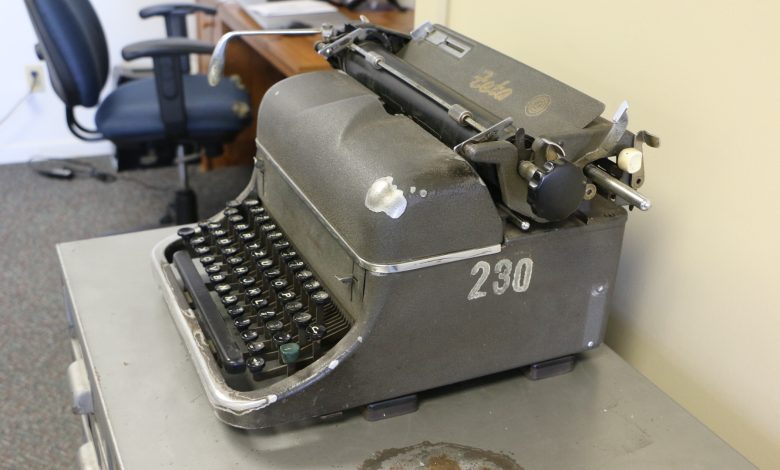Editorials
War Machines


By Gordon Hopkins For those not in the know, Wilber, Nebraska, is the “Czech Capital of the U.S.A.” That is not hyperbole and it is not merely a marketing gimmick. It is an official designation, made so by no less then President Ronald Reagan, who signed a proclamation saying as much back in 1987.This weekend, …
Please login to view this content.